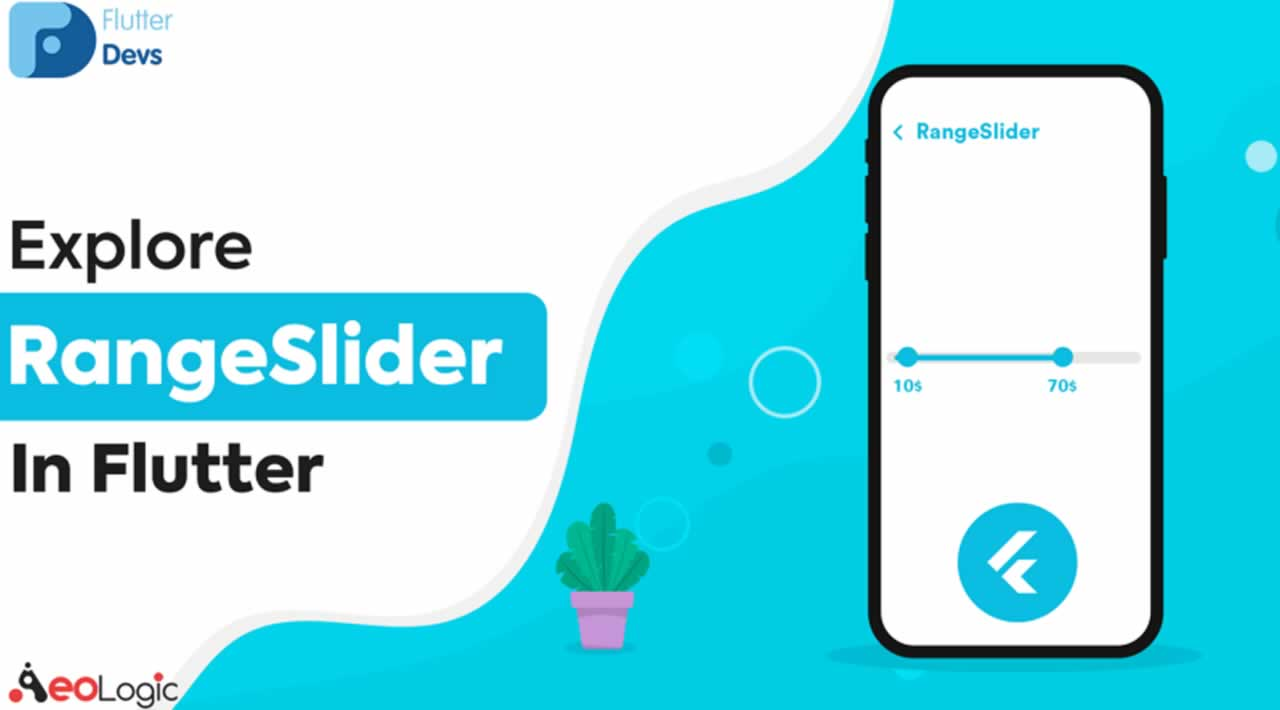Flutter lets you make lovely, natively assembled applications. The explanation Flutter can do this is Flutter adores Material. As UI configuration keeps on advancing, Material keeps on refreshing its segments, movement, and plan framework. The range slider, an exceptionally adaptable portion for choosing a range of value, has been released in Flutter 1.7.
Flutter recently updated the RangeSliderwidgets to the latest Material guidelines. This article explores the changes to the RangerSlider widgets and uses in your flutter application.
Range Slider
Range sliders have two determination focuses that consider an adaptable change of minimum and maximum value points. This adaptability makes it a valuable segment, for example, when a client likes to control a particular range, for example, showing value focuses or a time.

Components
Range Slider consist of five parts show in above image:
- The **thumb **is the shape that slides on a level plane when the client drags it.
- The **track **is the line that the slider thumb slides along. It has a functioning active and an inactive inert side.
- The **overlay **is the corona impact that shows up while the thumb is squeezed while dragging.
- The **tick marks **are consistently separated imprints that are drawn when utilizing discrete divisions.
- The **value indicator **shows up when the client is dragging the thumb to demonstrate the value being chosen.
#flutter #dart #flutter-widget #material-design #range-slider
